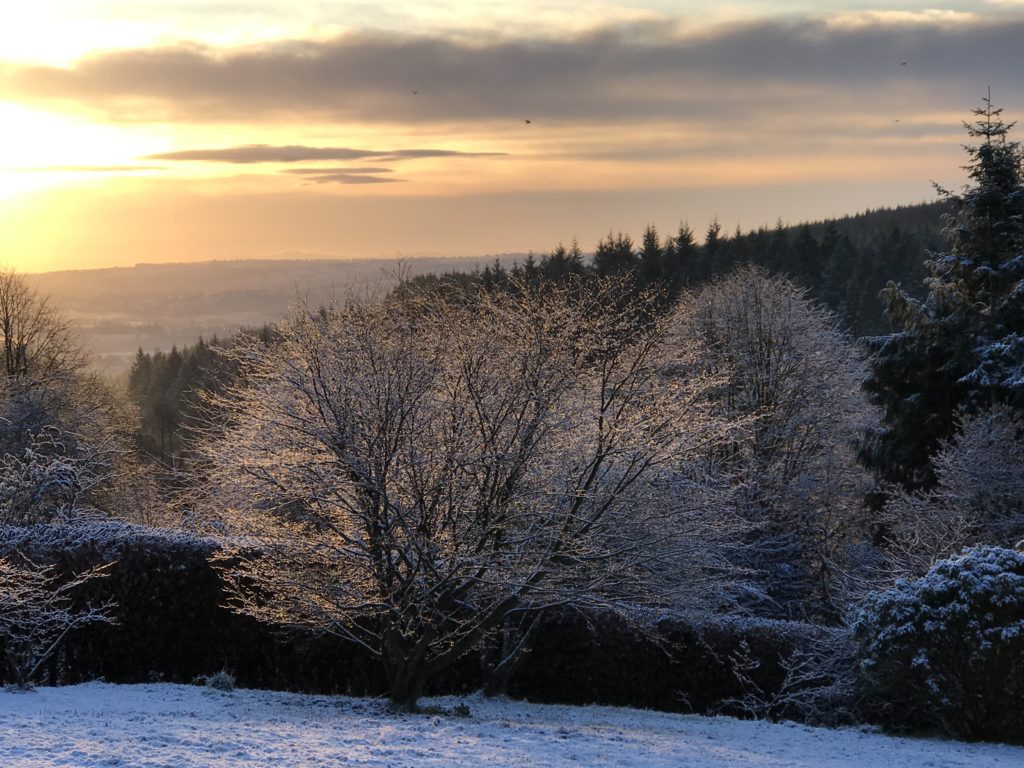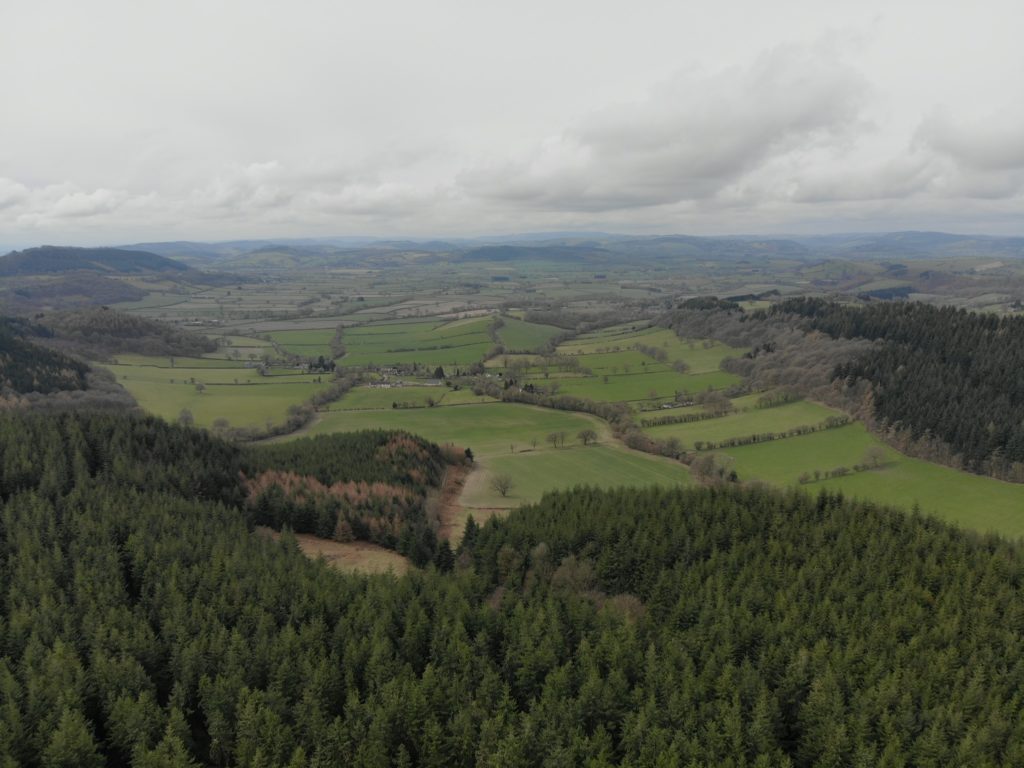The history of Mortimer Forest
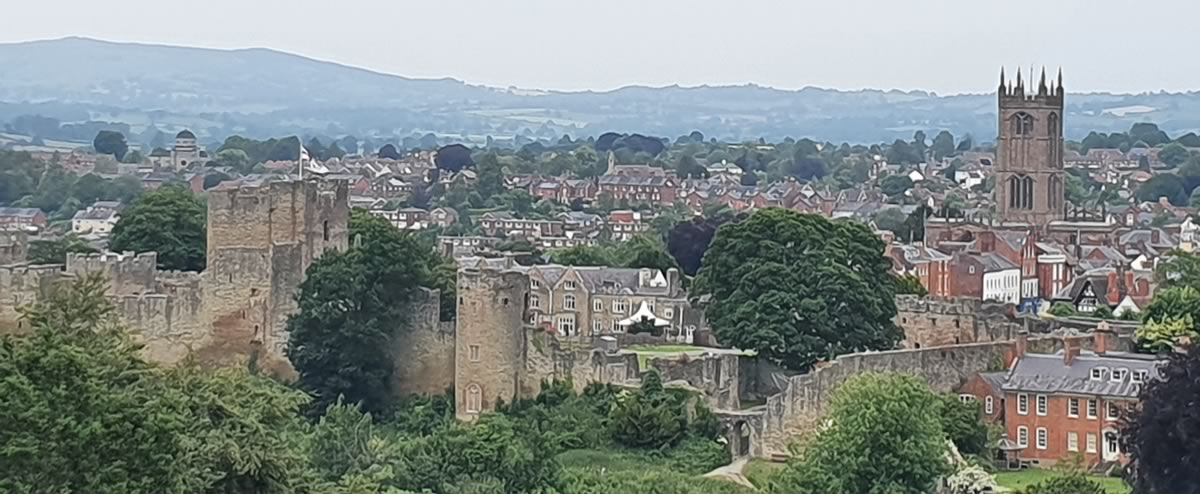
Mortimer Forest is rich in history, many reminders of which can be found today walking in the forest.
On the lower slope of the High Vinnals in the direction of Richards Castle there are the remains of a bronze age fort with the ditches and earthworks still clearly discernable. The fallow deer we see were introduced by the Normans. The name Vinnals, derived from the Norman French ‘vignoles’, indicates that wine was produced in the area in the 11th and 12th centuries. Norbache Park (now known as Haye Park) on the SE side of the Vinnals dates back to the 13th century.
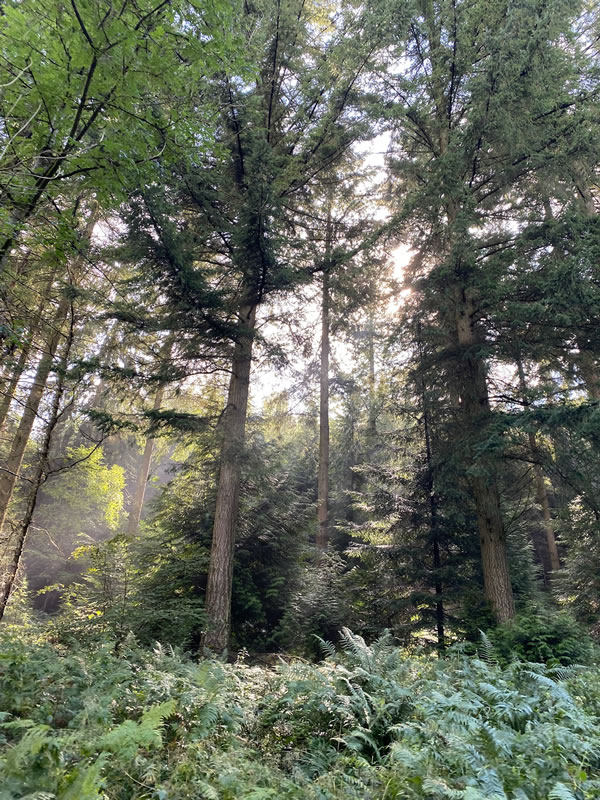
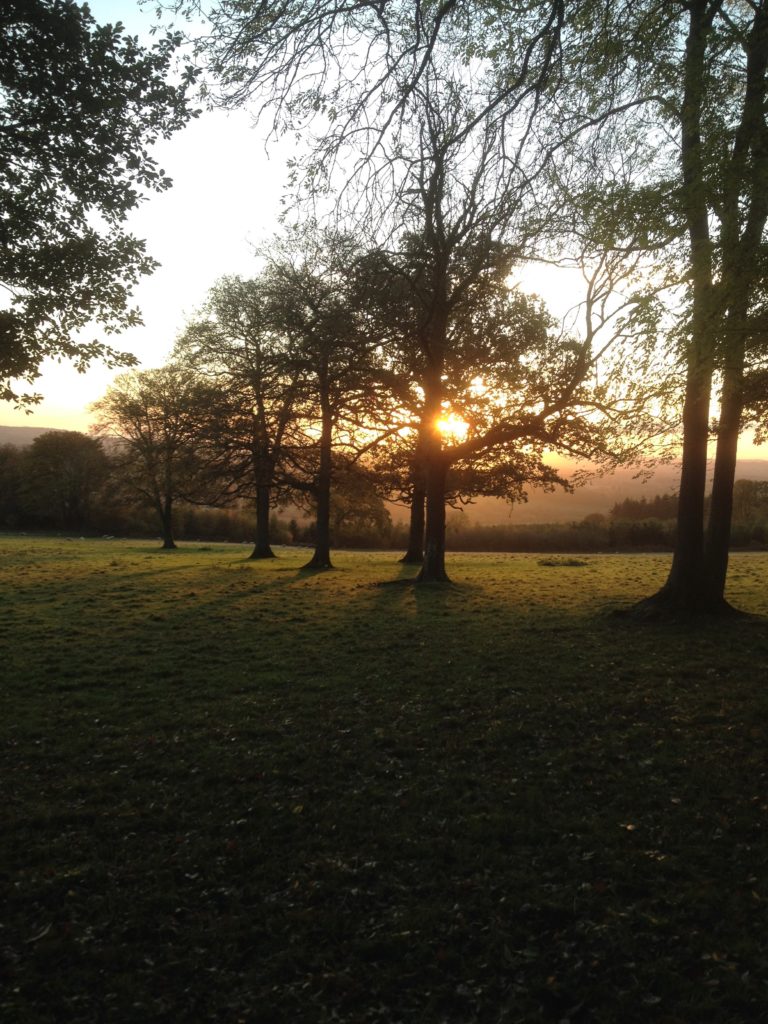
The forest is cris-crossed by long mounds and indentations in the ground, being what is left of the ditches and fences that used to mark the boundaries of enclosures and between the land of manorial families in Tudor and earlier times. The tracks of charcoal burners carrying their cargoes to the Bringewood forge in the 17th and 18th centuries can also be detected, together with associated lime kilns. The stumps can still be found of the oak trees which used to cover most of the area until they were cut down in the 20th century to make way for the conifers we mainly see today.
The Mortimer dynasty of Marcher Lords ruled the area semi-autonomously from Wigmore and Ludlow castles for much of the Middle Ages, during which there was frequent conflict between the Welsh and English. The Forest has always been closely associated with Ludlow, supplying the castle with wood and other produce. The Marcher Lords also played an important role in British national history. Roger (third Baron Mortimer and first Earl of March), deposed Edward II in 1326, had him murdered, took over his wife and effectively ruled England for a few years. Edmund Mortimer (5th Earl), a great-great-grandson of Edward III, was heir-presumptive to the throne of Richard II, who was however deposed in 1399 by Henry Bolingbroke, who became Henry IV. During the Wars of the Roses, Edward, Earl of March and Duke of York, defeated Owen Tudor at the battle of Mortimer’s Cross, near Aymestrey, in 1461 and went on to become king Edward IV. Bringewood thereupon became a royal Chase, then covering most of present-day Mortimer Forest.
In the Tudor era, leaseholders of royal lands carved themselves little estates out of the Forest, divided by ditches and fences. In 1595 Queen Elizabeth leased Bringewood Chase to her favourite (at the time) Walter Devereaux, Earl of Essex. It was on his orders that the Bringewood iron works were built in the spectacular wooded Downton gorge (now a national nature reserve managed by Natural England). The iron industry, based on charcoal derived from the surrounding woodlands, water power from the river Teme and iron ore from the Titterstone Clee Hill, continued until the end of the 18th century. Richard Payne Knight, inheritor of the Bringewood iron works and much of the surrounding land, built Downton Castle in the 1770’s in the Gothic revival style. It can clearly be seen when walking on Bringewood hill.
During the 19th century, the area remained relatively unaffected by the industrialization which changed the face of much of Britain, retaining its quiet, rural character. In the 1920s, the Forestry Commission (established in 1919) acquired leases over large tracts of private woodland in Bringewood Chase with a view to converting it to conifer plantation for commercial timber production. This area was expanded through the acquisition of further leases in the 1940s-50s, with the result that most of the oak and other native woodland was replaced by larch, spruce and douglas fir. Today the greater value of broadleaf forest in preserving biodiversity is better understood and the Commission has stated its intention to gradually replant parts of Mortimer Forest with broadleaf species.
